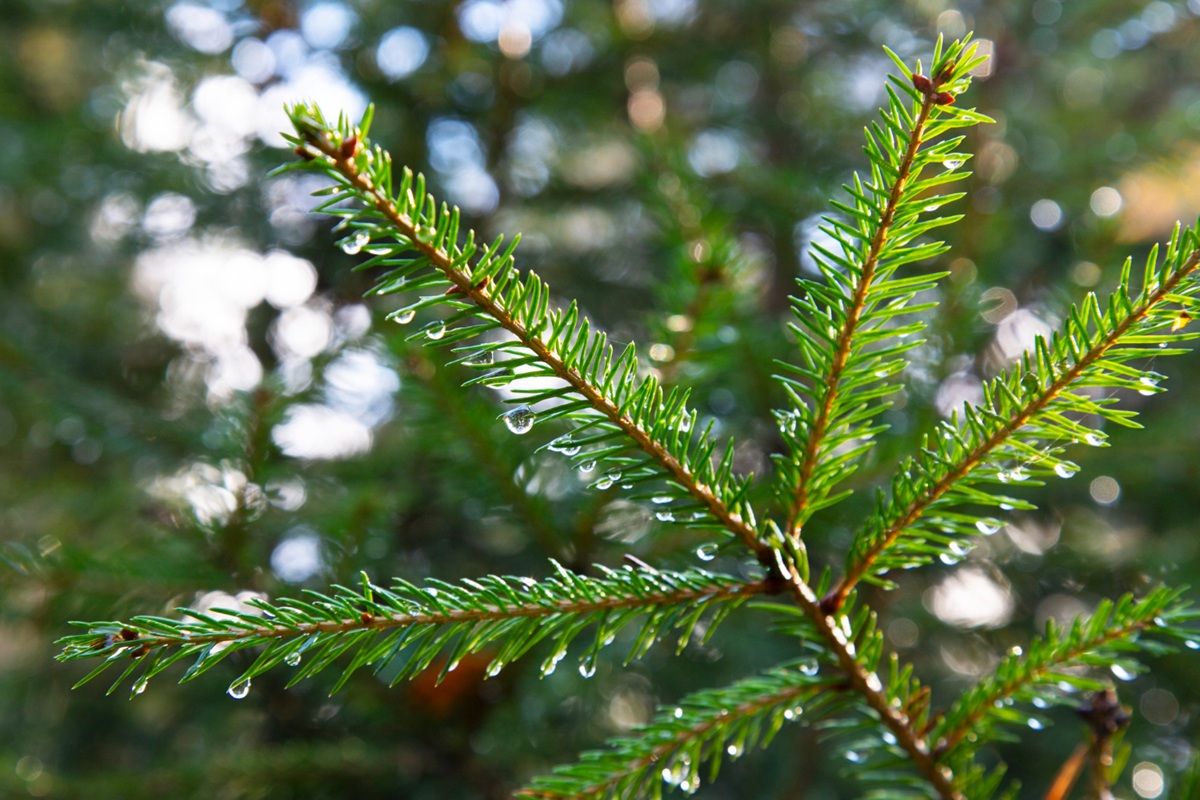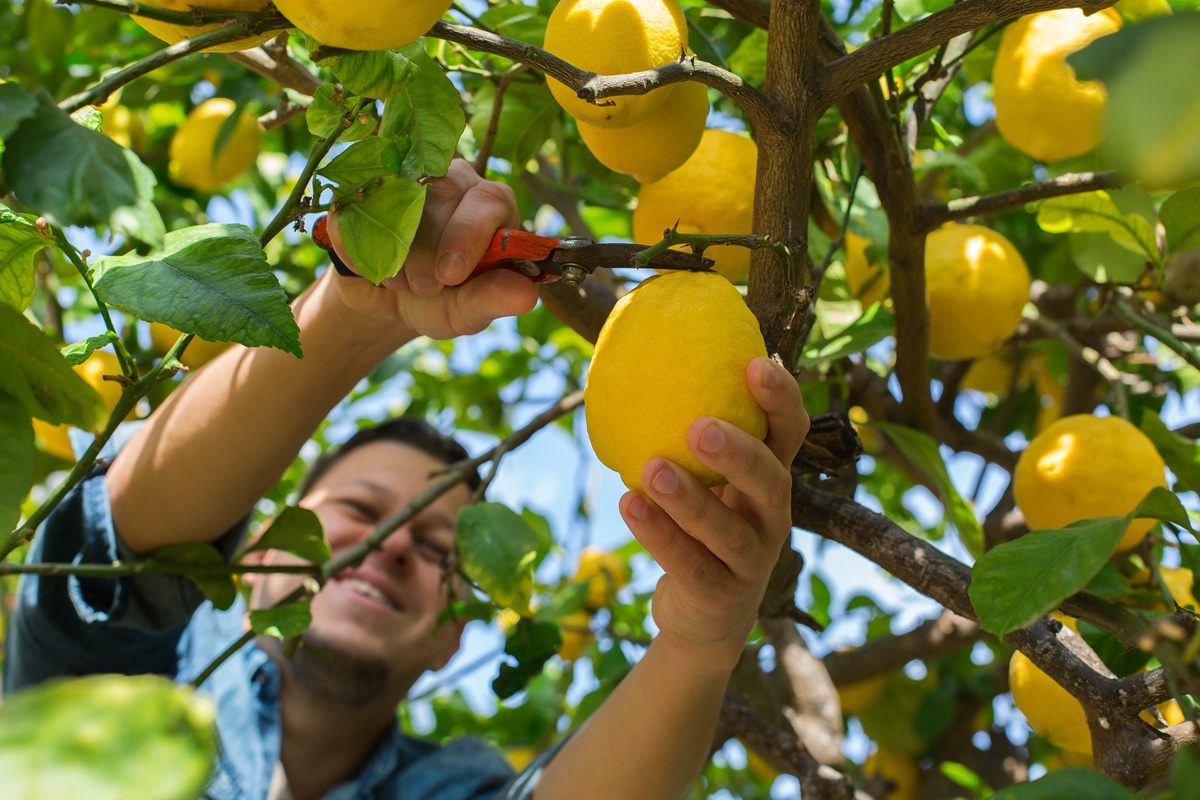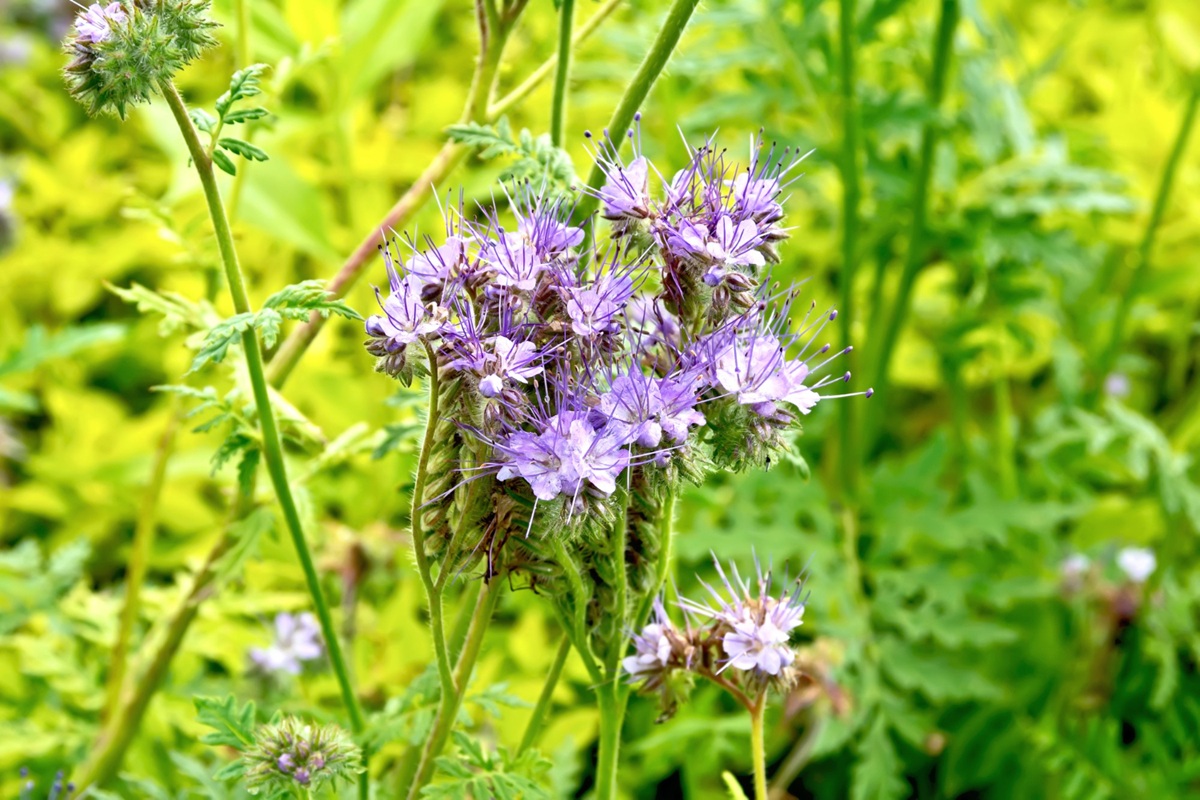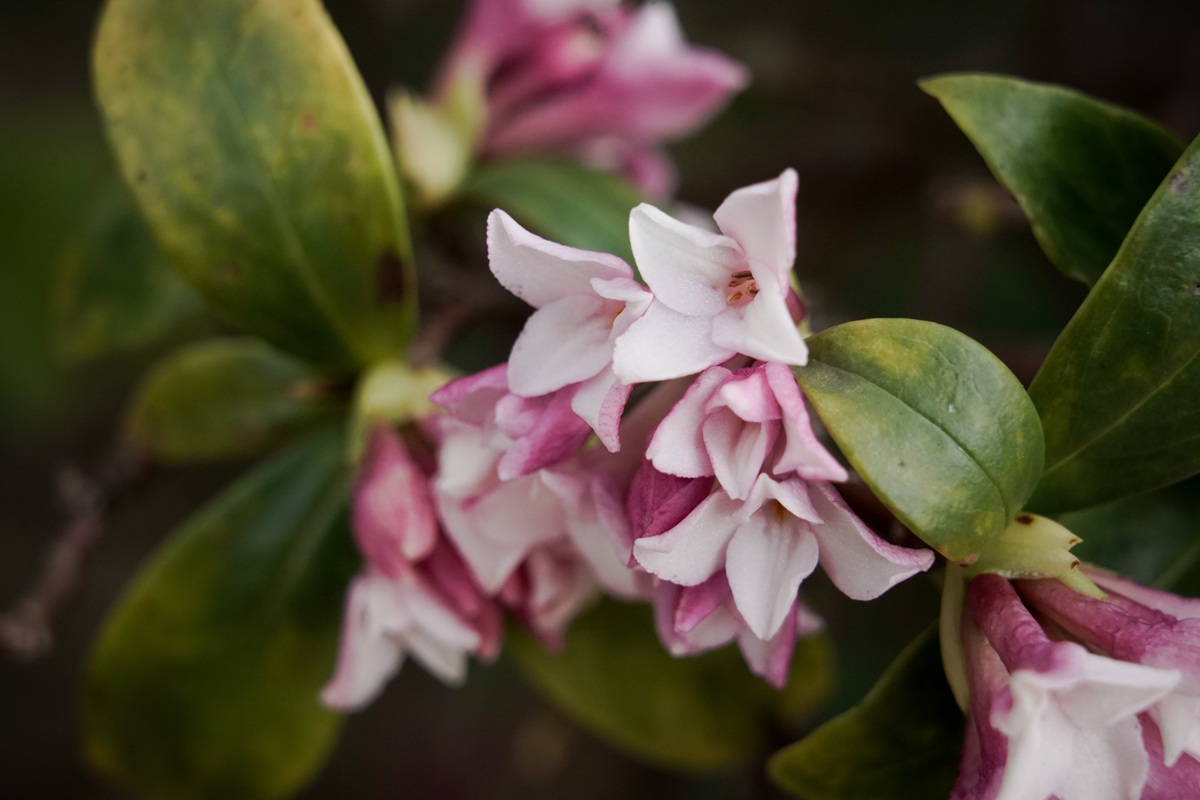Is it really necessary to have five-day work weeks or even more in some cases? It seems not. Since 2019, Iceland has been experimenting with four-day work weeks, and the impact on employee well-being as well as productivity has been impressive.
Is it really beneficial to work 40 hours spread over five days a week?
Certainly, the number of hours worked per week can vary depending on the industry, the position held, and several other factors. However, a “normal” workweek is generally associated with 8 hours of work per day, five days a week, typically from Monday to Friday. It has been observed that these 40-hour work weeks often do not suit employees. Many individuals have reported experiencing burnout, and various studies have shown that a 40-hour work week contributes to this issue.
In fact, this so-called normal work rhythm is long enough for individuals to accumulate fatigue. A short two-day weekend is hardly sufficient for recovery. Moreover, when someone is fatigued, it affects not only their well-being but also the company’s performance, leading to less motivated and less productive employees. With accumulating evidence against excessively long work hours, many are seeking better alternatives.
New evidence of the benefits of a four-day work week
One of the most commonly considered alternatives today is to reduce employees’ working hours and days. Several companies and countries, including France, have already tested this new system. Iceland is among these pioneers. In 2019, the country decided to approve 36-hour work weeks spread over four days. This decision followed a pilot program that began in 2015, involving around 2,500 employees. Due to its resounding success, with 86% employee support, the initiative was formalized in 2019.
Today, nearly 90% of Icelandic workers enjoy a reduced work week of 36 hours—down from the previous 40 hours—without a reduction in pay. Initial concerns about a four-day work week were numerous, both in Iceland and worldwide. However, the success observed in Iceland—and in other countries and institutions—suggests there’s little cause for concern. In Iceland, improvements in employee well-being and productivity were evident from the start of the experiment and continue six years later.
Since 2019, Iceland has seen employees who experience less burnout, less stress, and consequently, greater productivity and efficiency. On a broader scale, the country has also analyzed the impact of four-day work weeks on the Icelandic economy, and so far, the results are positive. According to the IMF’s World Economic Outlook 2024, the Icelandic economy grew by 5% in 2023, outperforming almost all other advanced European countries. Unemployment, meanwhile, was just 3.4%, well below the European average.










